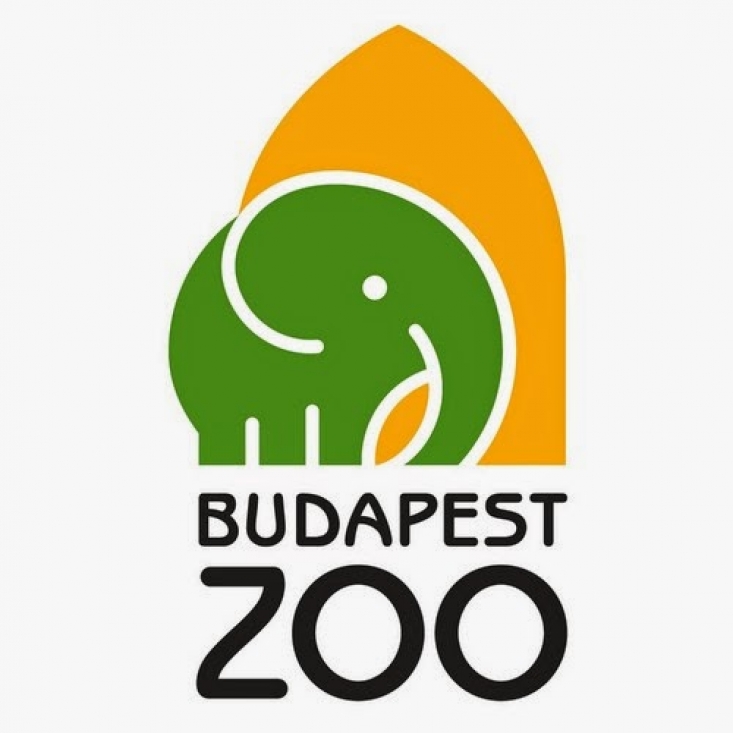The Budapest Zoo and Botanical Garden has the largest zoological collection in the country, with 955 species and 8225 specimens, including protected and highly protected species, as of 31 December 2014. The park's plant collection consists of some 3,500 different species, subspecies and varieties, and a very important part of the botanical collection is the so-called dendrology collection, i.e. the park's woody plants. More than 60 species of plants protected in Hungary are found in the garden.
Nature conservation objectives
- To maintain and develop the collection garden, which is also a significant green space element in the area of the FÁNK TT, and is home to protected plant species, and the natural habitats created here.
- Conservation of the monumental heritage and development of the historic environment.
- Provision of temporary or permanent accommodation for confiscated protected and highly protected animals.
- To operate as the largest animal rescue station in the country for protected animals.
- Ex situ conservation of protected endangered plant species.
- To preserve and maintain the landscape, natural and cultural heritage values of the area.
- To ensure the sustainable use of the site for nature conservation purposes, to demonstrate its landscape, natural and cultural heritage value and to provide the necessary conditions for this.
- To conserve endangered plant and animal species that occur in the area and are subject to national and international conventions, and to ensure their living conditions.
- To provide a modern educational and information centre for nature education, environmental education and experiential displays.
- Participation in national and international research and conservation programmes.
Characterisation of the main protected natural values and conservation activities
Today, the scientific research activities of the FFCA take three main forms: participation in collaborative research projects, hosting researchers from external institutions, and in-house research. A very good example of research collaborations is the programme set up by the Leibnitz-Institut für Zoo- und Wildtierforschung (IZW) in Berlin to develop and improve the artificial insemination of rhinoceroses, which is not only a research programme but also an ex situ conservation programme. As a result of this successful collaboration, the world's first and second artificially inseminated rhinoceros was born in Budapest. Research on the veterinary aspects of the species was carried out in the framework of a joint viper conservation programme with the Hungarian Ornithological and Nature Conservation Society (MME). The rescue work is also an outstanding activity of the FÁNK, which has become the largest rescue centre for protected animals in the country, with an annual intake of almost 1500 animals. The majority of the rescued animals (nearly 800 specimens) are birds, mammals about 500 specimens arrive annually, while the remaining number is made up of reptiles (for the latter, an important programme is the capture of the red-eared jewel tortoise and related species/subspecies for the conservation of the native bog turtle). In 2002, at the request of DINPI, a patch of closed rock grass of about 160 m2 was rescued from the Tétényi plateau and successfully maintained for 7 years on the roof of the Buffalo House, and then, when the Buffalo House was demolished in 2010, the grass was relocated to the roof of the Waterfront Life House. The lawn is monitored year on year. Despite the obvious degradation processes, the attempt to conserve the community ex situ together has proved successful and has yielded much useful knowledge and experience. In 2010, using the knowledge gained, the Institute again rescued populations from the Tétényi plateau area, which were threatened with destruction due to construction works, to the area of the rock garden reconstruction, which was created for this purpose to imitate a limestone rock outcrop. The 200 or so taxa thus introduced include several protected species, such as the Buda imola (Centaurea sadleriana), the dwarf lady's-flower (Iris pumila) and the bush methenge (Vinca herbacea).
The Budapest Zoo and Botanical Garden is currently one of the most visited public cultural institutions in Hungary, with 1-1.1 million visitors a year. Like most modern zoos, its main activities include conservation, education, nature-related leisure activities and scientific research. Because of its history and its specific characteristics, it also has the additional objective of protecting and enriching the cultural heritage.
